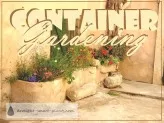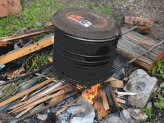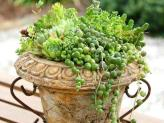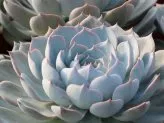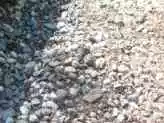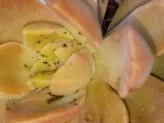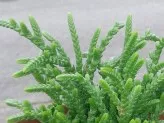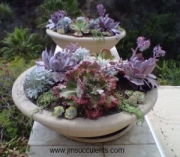Well drained and moisture retentive – a paradox?
As an Amazon Associate I earn from qualifying purchases. Other links on this site may lead to other companies that I’m associated with.
The best container gardening soil is an engineered soil, using lightweight components.
The addition of a water holding polymer will give the soil a little more moisture retention, and the use of lightweight aggregates such as perlite or pumice will make it safer to use on rooftops and balconies, as well as lighter to lug up stairs or in the elevator if you’re gardening in an urban environment.
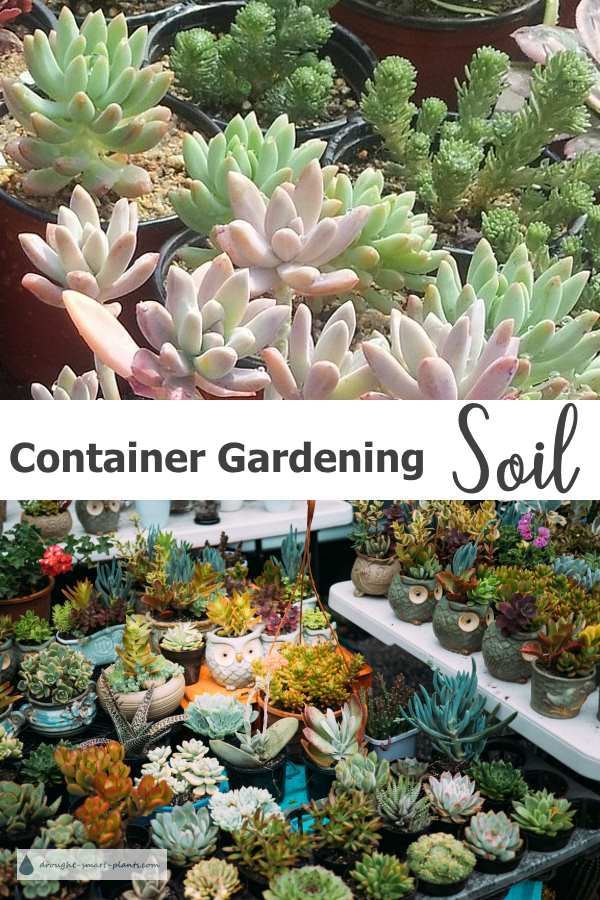
Lightweight soil is critically important for urban farming as many of these gardens are built on roof tops and in hard to reach places.
There are many pre-packaged soils that will work perfectly for container gardening, or you can tailor the mix to suit your own preferences, and those of the plants that you are growing.
The containers MUST have drainage holes – can you imagine how heavy the additional water would be if it didn’t drain out?
Plants like Sedum and Sempervivum and other hardy succulents must have sharp drainage, with the addition of small gravel or other aggregate.
Other plants such as vegetables prefer a more moisture retentive soil with added manure, leaf mold or compost.
Customize the soil mix to the needs of the plants and you’ll have a successful container garden.
Vermicomposting (this link opens in a new window) can give you easy access to worm castings to make into compost tea to fertilize your container garden, adding nutrients to what can sometimes be a sterile soil.
You can add them as a top dressing to the containers, or mix it in to provide a slow releasing feed. You will be able to tell if your plants need more nutrition if they are stunted, pale and weak.
Feed the plants by top dressing with steer manure or screened compost to the soil to add the needed nutrients. This provides an additional benefit – moisture retention by mulching.
Add Dolomite lime once or twice a year to ‘sweeten’ the soil and change the pH, preventing if from going sour and acid. A couple of teaspoons of it around the pot, scratched into the surface of the soil, is all it needs to alter the acidity.
Adding micorrhizae will assist the plants to take up nutrients.
Glacial rock dust (this link opens in a new window) will give the tiny amounts of the micronutrients that leach out when watering.
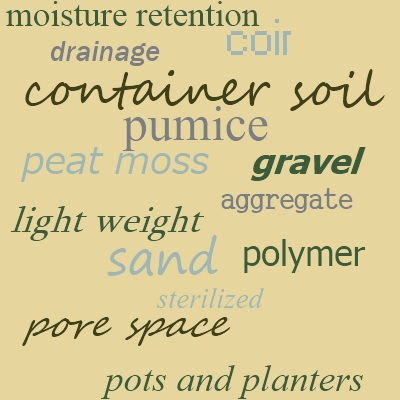
Don’t use native soil out of your garden in containers. The reason for it is that sometimes it has pests that can infest your plants.
Even earthworms (which are usually considered beneficial) in containers clog up the drain holes.
‘Feet’ on the bottom of the pot, either built in ones, or those that are purchased separately, work well to hold the pot off the surface.
Planter feet can be three or four pebbles, or specially designed clay decorative feet hold the planter up.
The only time I use native soil I sterilize it first, over an open fire in an old wheelbarrow. Mixing it with peat moss or compost to lighten it, and adding perlite or other drainage material helps to keep it aerated.
You can also ‘solarize’ soil or compost by putting it in a black plastic bag in the full sun for a few weeks. This kills off weed seeds and harmful micro-organisms while allowing the beneficial fungus and bacteria to survive.
Sometimes you’ll see advice to use crockery pieces in the bottom of the pot to provide more drainage, but this is actually not recommended. A tea bag or a piece of folded up newspaper covering the drain hole will be adequate to prevent the soil from falling out, and in time, the roots of the plants will hold it in place once the paper disintegrates.
It’s best to raise the containers off the ground to prevent creatures such as slugs from climbing in, and also keep the containers raised off any floor such as a balcony or porch so the wood doesn’t rot from being constantly moist.
Using the right container gardening soil will make your container garden flourish, with healthy plants providing you with fresh vegetables and herbs, as well as beauty and forage for bees and butterflies.
Even a small patio or courtyard can burgeon with growth; overflowing pots and containers billowing with happy plants.
Not sure what you should be doing when bringing your tender succulents indoors for the winter?
Sign up for the FREE Winterizing Succulents E-Course and find out how to keep your succulents happy and healthy:

